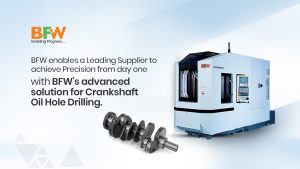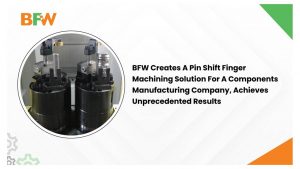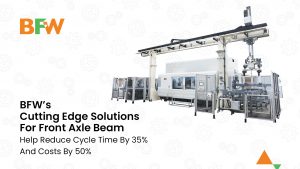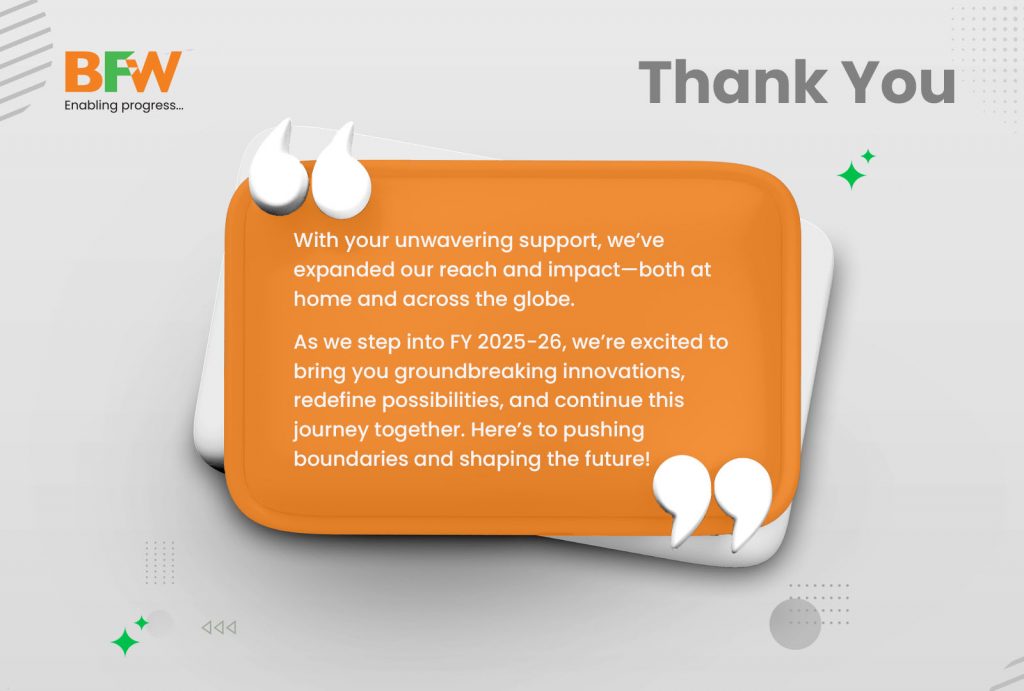Introduction
Punching on a fuel tank refers to the manufacturing process of creating holes, perforations, or openings in a fuel tank using specialised machinery or tools. This punching operation is crucial for various purposes, including installing fuel system components, ventilation, or integrating sensors and fittings.
The process involves precision engineering to ensure the accurate placement and dimensions of punched features on the fuel tank, contributing to its functionality and compatibility with the overall fuel system. The punching on a fuel tank is a critical step in the production cycle, impacting the tank’s performance, safety, and efficiency in containing and delivering fuel for various applications such as automotive, aviation, or industrial machinery. Our client was looking for automation solutions for the fuel tank punching process.
About the client
The client is a leading engineering design and support and IT support services company based in India. The company specialises in providing comprehensive engineering design and support services encompassing drafting, computer-aided design (CAD), computer-aided engineering (CAE), solid modelling, finite element analysis, sourcing, marketing, and various related activities and services. The client’s solutions help multiple industries, including aviation, automotive, and engineering.
Highlights of the case
The manual process of punching fuel tanks poses several drawbacks: limitations associated with human labour in precision manufacturing, and inconsistency in hole placement, size, and shape. Additionally, the manual process is slower than automated processes, which leads to decreased production efficiency and increased labour costs. Besides, the safety of human operators is a huge concern in any manual manufacturing process.
Automation can help overcome these drawbacks. The automation of fuel tank punching typically involves using specialised robotic or automated equipment to precisely and efficiently create perforations or holes in the fuel tank as per the required specifications. Incorporating automation in this process can help enhance precision, speed, and consistency, reduce human intervention, enhance production and quality, and reduce cost.
Client challenges/ requirements
Our client was looking for an automated solution for the process of fuel tank punching and were looking to replace the manual process with automation alternatives. With their existing or old method, the client was facing several challenges. With automation, they expected to reduce human resource utilisation, increase accuracy and production rate, improve operational convenience, and achieve zero rejections in their manufacturing process.
The solution and impact
M2nxt designed and created a customised automation system for fuel tank punching specifically to meet our client’s requirements and specifications. From ensuring the punching of holes within the expected cycle time to controlling energy consumption to meeting the productivity rate per shift to energy consumption, M2nxt’s automation solution for punching fuel tanks met all client requirements.
Here’s a graphic rendering of the component details created by M2nxt:
Human resources reduction
Implementing M2nxt’s automation solution for fuel tank punching has significantly reduced human resources requirements for the client. The company achieved operational cost savings by replacing manual labour with automated machinery and minimising reliance on human resources. This not only streamlined the production process but also improved overall cost efficiency.
Product accuracy
The precision and accuracy of the punched features on fuel tanks have seen a remarkable enhancement with our automation solution. The consistency achieved by automated systems ensures that each fuel tank adheres to exact specifications, reducing the margin of error associated with manual punching processes. This has resulted in a higher quality standard for the manufactured fuel tanks.
Improved productivity
The adoption of M2nxt’s automation solution has substantially increased the production rate of fuel tanks. Automated systems work tirelessly and consistently, enabling a faster turnaround in the manufacturing process. This heightened production rate is helping our client meet market demands more effectively, improving business scalability.
Optimum utilisation
The automation solution has facilitated the optimum utilisation of resources. The automated system ensures that production lines are fully utilised without downtime and can operate continuously and efficiently. This maximisation of resources leads to improved productivity and resource efficiency.
Operational convenience
The integration of automation has brought about operational convenience in fuel tank punching. Automated systems can be easily programmed and monitored, allowing for seamless control over the entire production process. This convenience translates into better management of manufacturing operations and a quicker response to changing requirements.
Safety
Just like we do at M2nxt, our client, too, prioritises human safety on the shop floor. The implementation of automation has significantly improved factory safety. Minimising human involvement in potentially hazardous tasks has reduced the risk of injuries. Our customised automated solution adheres to safety protocols, ensuring a secure and protected working environment for shop floor workers.
Zero rejection
One of the standout results of the automation solution we created is the achievement of zero rejection in the manufacturing of fuel tanks. The consistent and precise nature of automated processes eliminates defects and deviations from the quality standards of fuel tanks. This has enhanced the company’s reputation for delivering high-quality products and minimised costs associated with the rejection of substandard units.
Conclusion
In conclusion, the implementation of the automated fuel tank punching system delivered by M2nxt marks a significant improvement in our client’s manufacturing processes. Prior to its deployment, the manual process posed many challenges and limitations. The automated system ensures an enhanced overall manufacturing process.
Partnering with M2nxt comes with the added benefit of long-term customer relationships, dedicated customer support, emergency support, post-installation service, training, and easy upgradation of automated systems in the future. Overall, our partnership and collaborative efforts paid off for our client.












